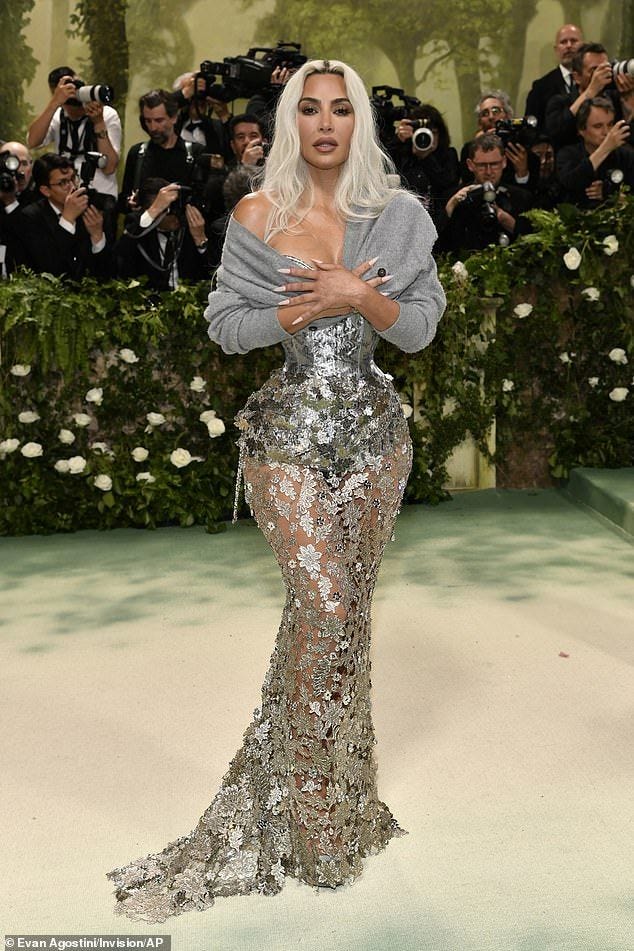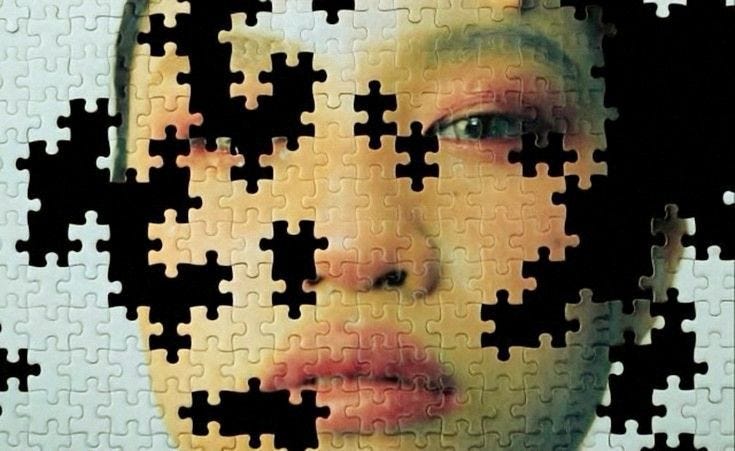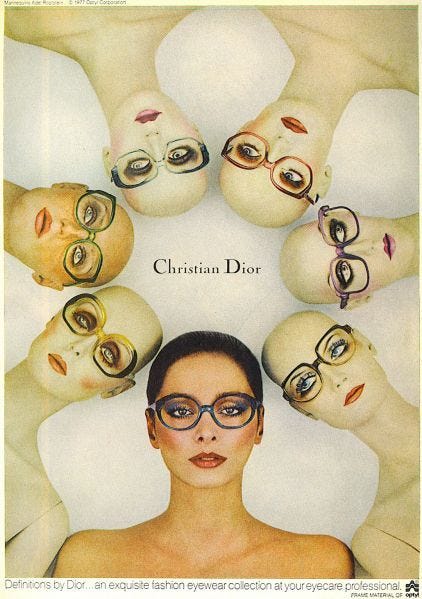POSTURE is the exclusive syllabus on identity, aesthetic reinforcement, and the self-fulfilling nature of style.
I. Orientation
When you think of the most stylish person, what comes to mind?
Is it someone whose wardrobe always feels current? Someone polished, precise, tuned in to the latest influence, the most popular designs? Maybe it’s the person who wears the color of the season perfectly, the one who can name the runway reference before you can.
If you peer a little closer, you’ll notice something bewildering: none of that is style, at all. It’s fluency. It’s fashion. And while fashion and style may look interchangeable on the surface, they are fundamentally different.
The people we often call “stylish” are usually those who can reproduce the moment with the greatest accuracy. Their outfits feel so right because they’ve been borrowed from elsewhere-runways, feeds, magazines-and repeated with precision until the copy looks original.
That’s the psychological sleight of hand: fashionable people can appear stylish because their wardrobes feel current, but their identity is borrowed from the cycle. Style, by contrast, is authored by an individual (not a cycle or a season), and refined endlessly. It doesn’t expire with the next collection.
When we worship fashion as if it were style, we reward conformity at the expense of individuality.
II. Theory
What the world calls “stylish” often sits squarely in The Masked quadrant. The Masked dresser is deliberate but withdrawn.
[The Masked] are highly curated and stylized, but not in their own reflection. This person would think about how others would perceived them when putting on clothing, not how they themselves feel in the clothing. Their opinion of what they like is based off of whatever is seen as most fashionable at the moment.
This is where someone like Kim Kardashian resides. Her looks, though flawlessly constructed, are not effortless: they are designed to reflect the cultural script, not her own authorship. As Roland Barthes wrote in The Fashion System, fashion is a language of signs, garments communicate meaning because we recognize them from cultural codes. Kim’s mastery is her ability to be fluent in this language: she embodies the “now” so completely that we mistake it for style.





